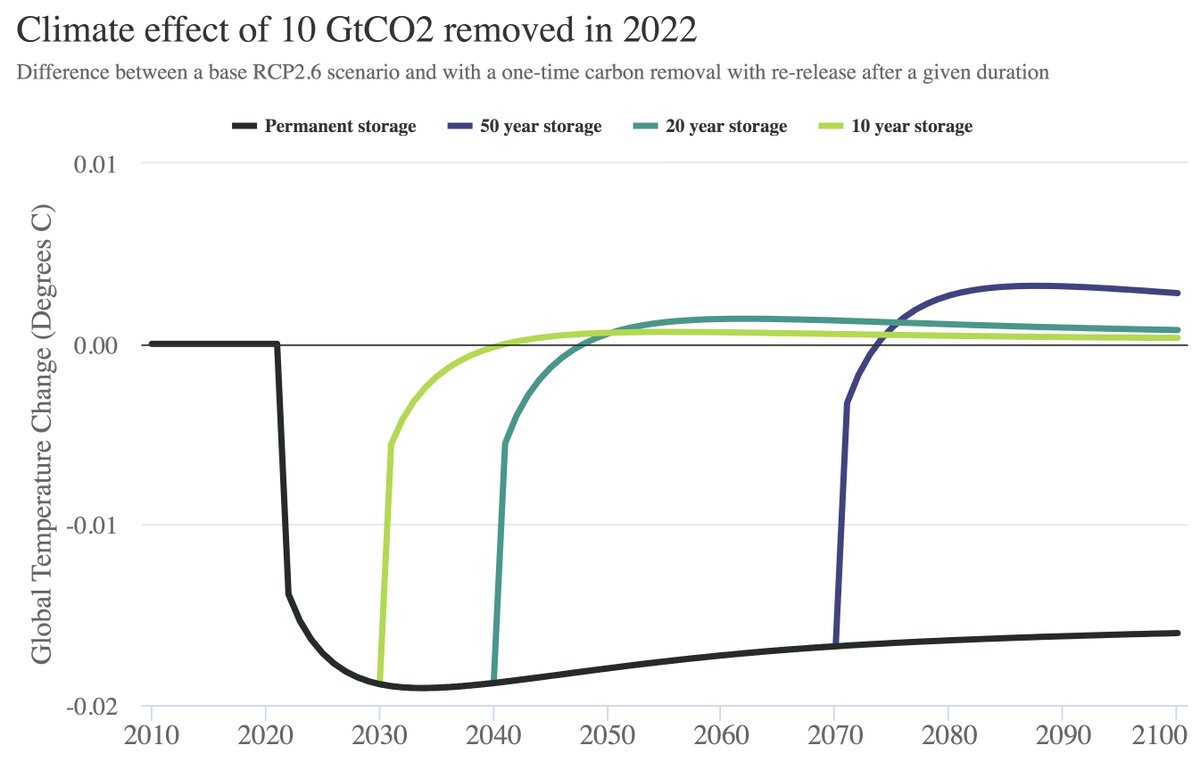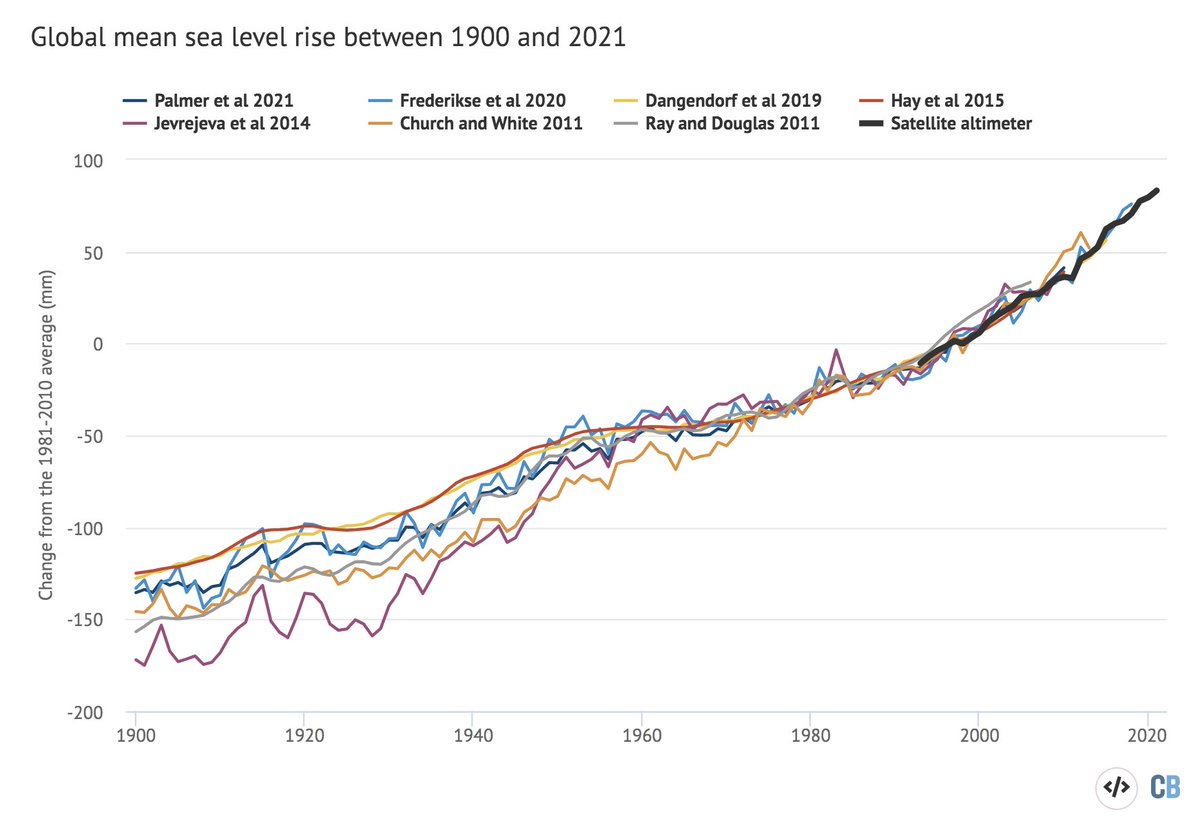
Climate change is a huge challenge that is impacting us today, and gets worse every year our emissions remain above zero.
But way we talk about climate impacts can at times counterproductive and disempowering. Climate is, ultimately, more of a matter of degrees than thresholds.
But way we talk about climate impacts can at times counterproductive and disempowering. Climate is, ultimately, more of a matter of degrees than thresholds.
The world has warmed by 1.2C since the late 1800s, and will very likely pass 1.5C in the 2030s. A 1.5C world is one of notably worse impacts on human and natural systems than today.
But its not a "tipping point" that necessarily results in significant additional warming.
But its not a "tipping point" that necessarily results in significant additional warming.
Earth systems that we consider potential tipping elements - ice sheets, permafrost, coral reefs, AMOC, amazon rainforest, among others – respond to changing temperatures spatially and temporally heterogeneously.
That is, few are what we'd think of as a traditional tipping point where a specific threshold results in rapid system change. Rather, they gradually are lost with additional warming – some over fairly long timescales – and are hard to get back once they parts are gone.
Some of these tipping elements – such as permafrost thaw, Amazon rainforest loss, and summer sea ice loss – can contribute to warmer temperatures this century, but the effects are on the scale of tenths of a degree of extra warming vs. scenarios without these effects.
While tipping points get all the attention, most of the impacts of climate change get worse with more warming, and sometimes non-linearly, but may not exhibit irreversibility. Different human and natural systems will have different levels of vulnerability to climate impacts.
So, we can say with some confidence that there are unlikely to be near-term climate tipping points that result in substantial additional warming this century. Rather, 1.5C will be worse than 1.2C, 2C much worse than 1.5C, and 3C much much worse than 2C.
At the same time, we don't understand the climate system perfectly, and Earth's distant past has some large rapid climate shifts. The further we push Earth's climate outside the range its been in for the past few million years (e.g. >2C), the bigger the risk of unknown unknowns.
So when someone tells you that we have X many years to save the planet or we are all doomed, its a framing that is inaccurate and inconsistent with our current scientific understanding. But the longer we wait to reduce emissions, the worse both mean and tail risk impacts become.
• • •
Missing some Tweet in this thread? You can try to
force a refresh














